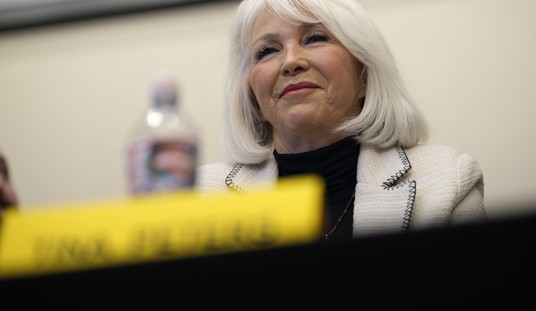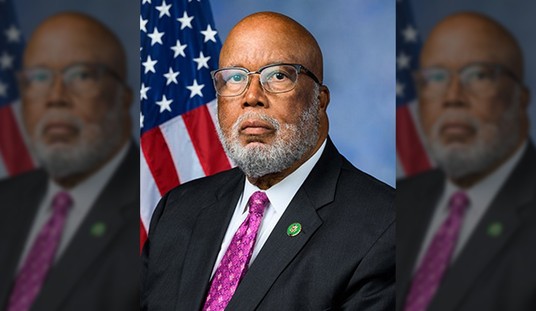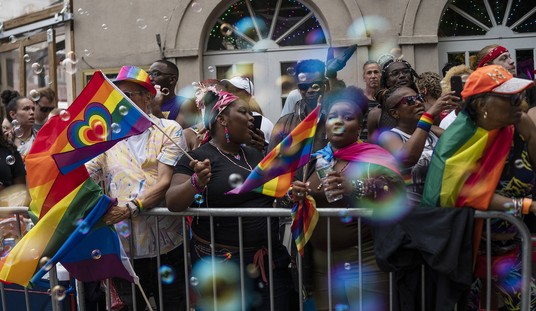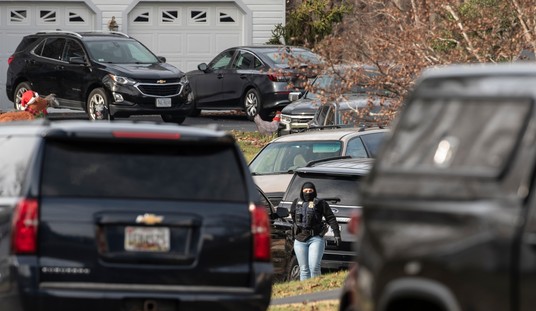
Minnesota Democratic-Farmer-Labor Party activist Manilan Houle, of Minneapolis, is the first person waiting in line outside a polling station in downtown Minneapolis on Friday, Sept. 21, 2018, on the first day of early voting in Minnesota in the 2018 midterm elections. Minnesota law allowed in-person voting to begin Friday — a full 46 days early — making it the first battleground state to begin casting actual votes in the broader fight for control of Congress. (AP Photo/Steve Karnowski)
Judicial Watch has identified 378 counties nationwide where the number of registered voters exceeds the number of citizens who are eligible (old enough) to vote. They base their analysis on data released by the U.S. Election Assistance Commission (EAC) in 2019 and the most recent U.S. Census Bureau’s five-year American Community Survey. Eight of these counties are located in Iowa. (In the 2016 election, President Trump defeated Hillary Clinton in Iowa by a margin 51.2% to 41.7% or 800,983 to 653,669 votes.)
The number of voter registrations exceeding the number of eligible citizens is approximately 2,5 million nationwide. The total number of “extra voters” in the eight Iowa counties is 18,658.
The chart below details the eight Iowa counties’ registration rate percentages (via Judicial Watch):

Three of the eight overages are within 1% point of total eligible voters. But clearly not all citizens who are eligible to vote are registered to vote, so the actual number of outdated or fraudulent registrations is greater than 1%. In the cases of Dallas and Johnson Counties with registration rates of 114.8% and 107.9%, respectively, it becomes an even more significant problem.
For example, in Dallas County, 80,864 are eligible to vote. A registration rate of 114.8 means there are 11,968 more registered voters than citizens who are eligible to vote. In 2016, a total of 38,252 votes were cast. Of those, 19,339 (50.56%) were for Trump and 15,701 (41.05%) for Clinton. An extra 11,968 votes could have easily swayed the outcome.
Johnson County voted heavily for Hillary Clinton. Out of 76,940 votes cast, 50,200 (65.25%) went for Clinton and 21,044 (27.35%) for Trump. With a countywide population of 144,425, there are 11,410 more registered voters than citizens eligible to vote. In this election, it wouldn’t be a game changer, but it could be in a closer one. In particular, it could mean the difference between victory and defeat in a Congressional election.
Even in a county with a lower number of registered voters than eligible voters, this is a problem. The voter rolls must be cleaned up. People die, people move, etc.
Judicial Watch President and Founder Tom Fitton said, “In addition to the eight [counties] listed above, Polk County, Iowa’s largest, has an unusually high registration rate of 95.9% of total eligible citizen voting-age population. Dirty voting rolls can mean dirty elections and Iowa need to undertake a serious effort to address its voting rolls.”
Judicial Watch is the national leader in enforcing the National Voters Registration Act of 1993. Under this law, Judicial Watch reports they have “sent notice-of-violation letters to 19 large counties in five states (California, Pennsylvania, North Carolina, Virginia, and Colorado) that it intends to sue unless the jurisdictions take steps to comply with the law and remove ineligible voter registrations. Section 8 of the National Voter Registration Act requires jurisdictions to take reasonable efforts to remove ineligible registrations from its rolls.”
In 2018, the Supreme Court upheld a massive voter roll clean up that resulted from a Judicial Watch settlement of a federal lawsuit with Ohio. They report that “California also settled a similar lawsuit with Judicial Watch that last year began the process of removing up to 1.5 million “inactive” names from Los Angeles County voting rolls. Kentucky also began a cleanup of up to 250,00 names last year after it entered into a consent decree to end another Judicial Watch lawsuit.”
Judicial Watch has accomplished a great deal in terms of cleaning up the voting rolls, however more work needs to be done ahead of the 2020 election, especially in the swing states. Additionally, voter ID laws will go a long way to insure fair elections.
Update added: The Iowa Secretary of State has challenged Judicial Watch’s article about the condition of their registration rolls, however JW stands by their story. JW issued a statement which I have reproduced below.
(Washington, DC) – Judicial Watch President Tom Fitton made the following statement regarding the Iowa secretary of state misleading Americans and state residents about the accuracy of Iowa’s registration rolls:
It is shameful that the secretary state of Iowa would mislead Iowans and Americans about the accuracy of the state’s registration rolls.
Judicial Watch’s analysis of Iowa’s state registration rolls is based on official voter registration data provided by Iowa to the federal Election Assistance Commission (EAC) for publication in 2019. Data concerning such registrations must be reported to the EAC by law under federal regulation 11 C.F.R. § 9428.7.
Based on this federal data, Judicial Watch found eight counties with registration rates over 100% of the voting age population. The next reliable report on Iowa’s registration rolls won’t occur until after the November election, as the EAC’s next report will be released in 2021.
The Iowa secretary of state’s release of interim voter registration data further confirms our concerns and shows that five of the eight counties we listed are still over 100%. Nearly three dozen counties have a registration rate over 95% of the voter age population, which is extraordinarily high. Our data has proven to be a strong indicator of voter registration issues and a basis for further inquiry. Based on lawsuits alleging the same voter registration issues, Judicial Watch has obtained three statewide settlement agreements, including a consent decree in the Commonwealth of Kentucky in 2018 and a settlement with Los Angeles County and the State of California in 2019.
California last year began the process of removing up to 1.5 million “inactive” names from Los Angeles County voter rolls. Kentucky also began a cleanup of up to 150,000 names last year. In 2018, the Supreme Court upheld a voter roll clean up in Ohio that resulted from a Judicial Watch settlement. A federal court ordered the State of Maryland to produce voter list data for its largest county based on the work of Judicial Watch. Our approach has survived federal court scrutiny in four states.
Iowa’s Secretary of State and local officials need to clean up the election rolls and reassure voters that the state’s election process is being administered in compliance with federal law and common sense.













Join the conversation as a VIP Member